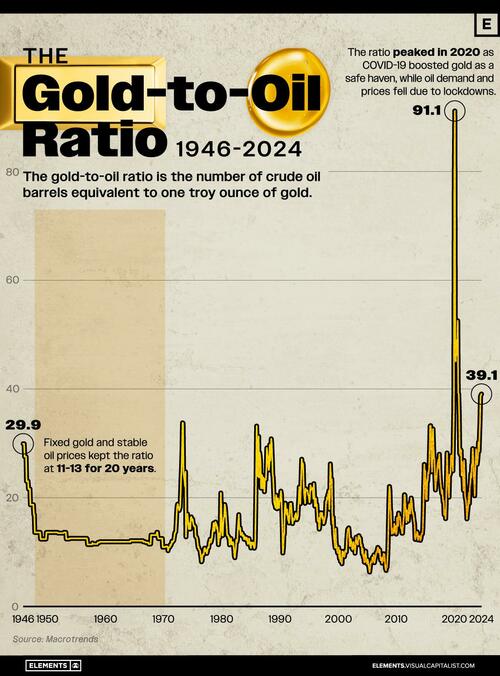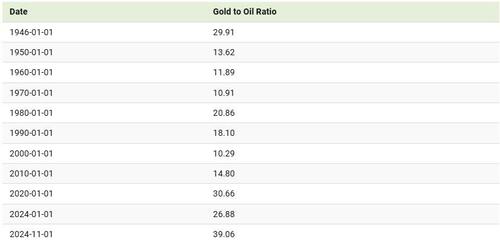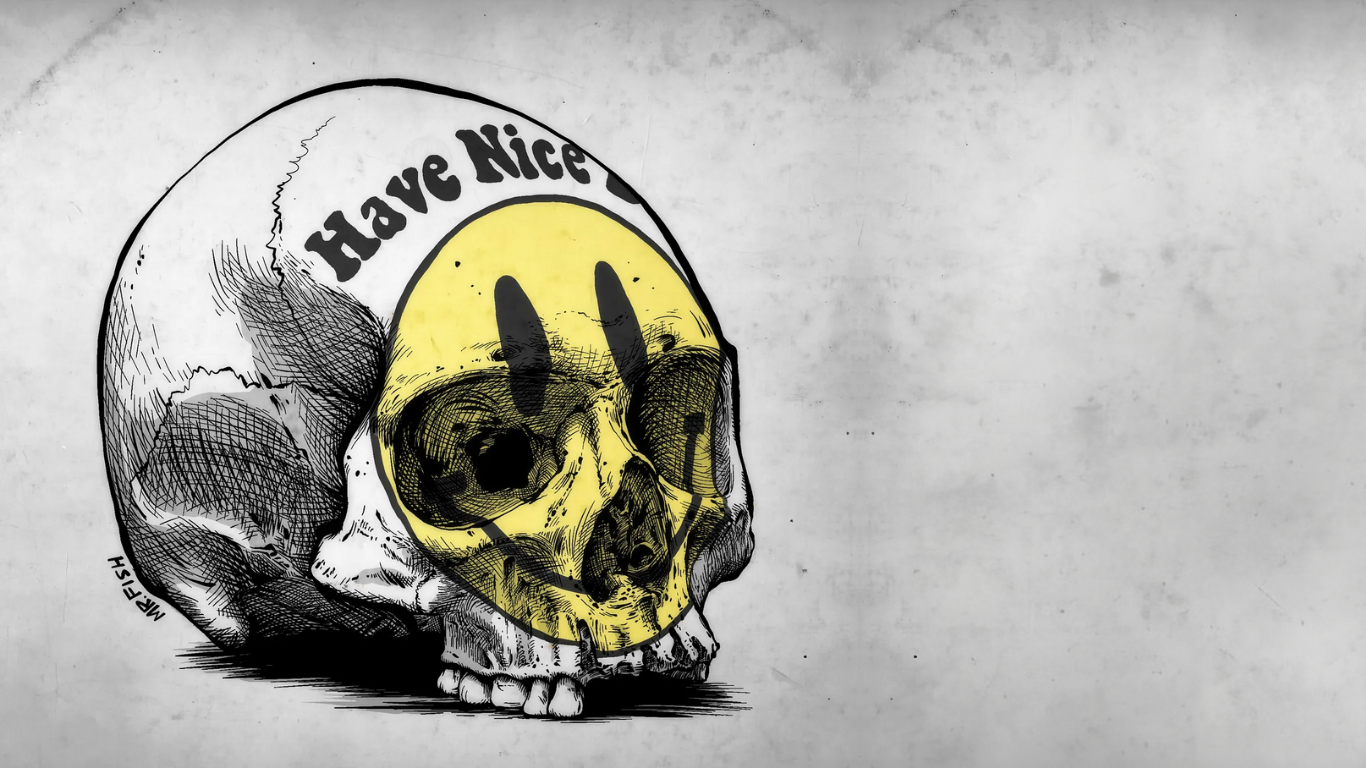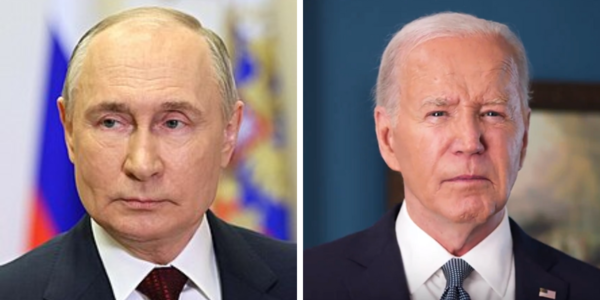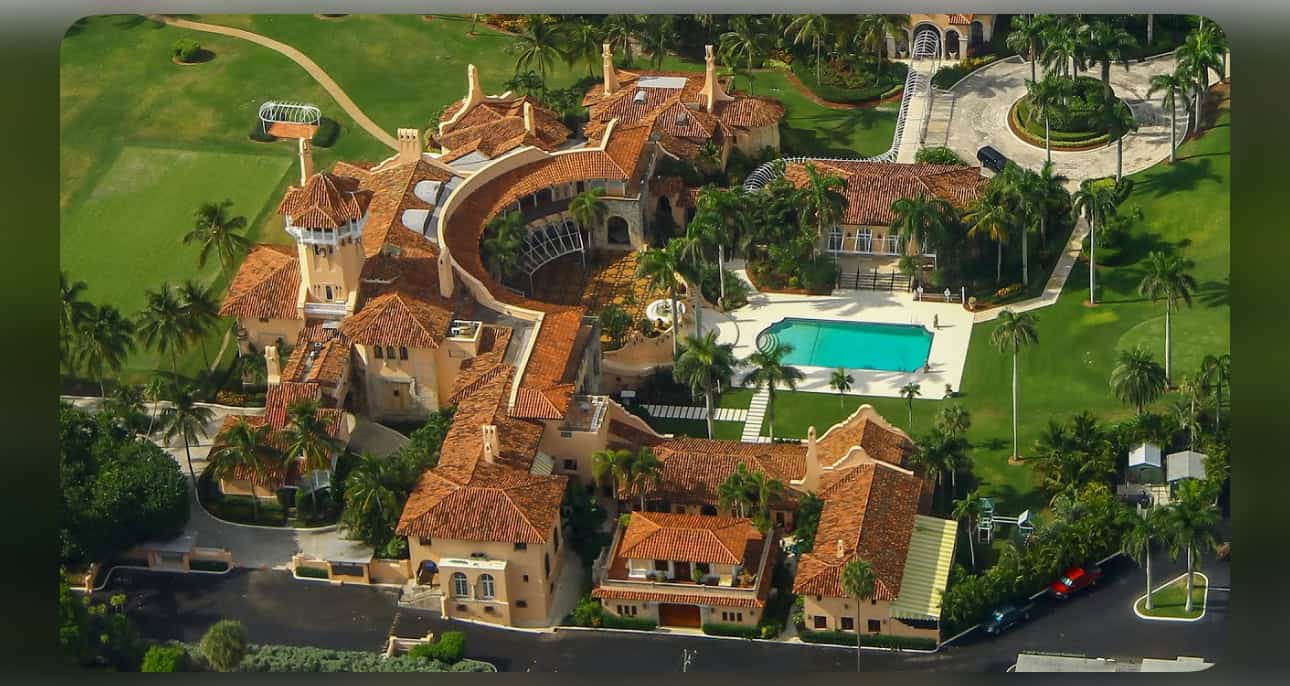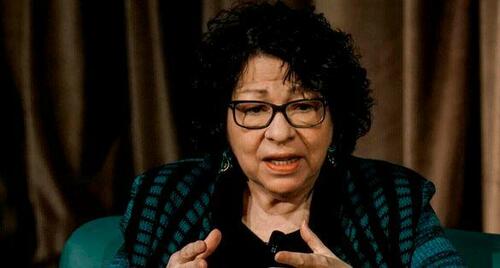
Authored by Debra Heine via American Greatness,
Democrats are reportedly having serious discussions about mounting a pressure campaign to force ailing Supreme Court Justice Sonia Sotomayor to resign so Joe Biden can nominate a replacement before President-Elect Donald Trump is sworn in.
After losing their Senate majority to the GOP, Democrats are concerned that Republicans will be “revving up the old conveyor belt of conservative judicial nominees” as soon President-Elect Trump takes office, Politico reported.
For Democrats, this is a hair-on-fire moment. And though the discourse in the media is presently dominated by recriminations about how this all happened, another arguably more urgent conversation is blowing up largely outside of public view: whether to push for 70-year-old Supreme Court Justice SONIA SOTOMAYOR to step down while Dems still have the power to approve her replacement.
This isn’t simply some flight of fancy happening among progressive activists online. It’s a conversation members of the Senate are actively engaged in.
A Democrat senator told Politico that the topic of pushing Sotomayor off the Supreme Court “has come up repeatedly this week in talks with their colleagues.”
These “Beltway speculative conversations,” according to Politico, have inevitably hit roadblocks for two reasons:
(1) It’d be a risky play with the party already trying to figure out how to handle a crowded lame-duck session
(2) no senator seems to be offering to be the person to put his or her neck on their line publicly (or even privately) by pushing for Sotomayor to step aside.
When Democrats first floated the idea of jettisoning Sotomayor last year, they were accused of ableism and racism.
The names of possible replacements have been discussed, including the allegedly “moderate” D.C. Circuit Judge J. Michelle Childs, who was reportedly on Joe Biden’s SCOTUS short list, and has already been vetted.
Another name floated on Friday was none other than Kamala Harris.
On CNN this morning, attorney Bakari Sellers, a Democrat former member of the South Carolina House of Representatives, suggested that Biden could nominate Harris, giving her a new purpose in life after being vanquished by Trump.
Just as Democrat elders forced Biden to quit his campaign after his disastrous debate with Trump, the party could pressure Sotomayor to step down. Harris, of course, quickly replaced Biden as the presidential candidate and could potentially replace Sotomayor on the Supreme Court if Democrats succeed in their pressure campaign.
Sellers suggested the operation could be pushed through before Trump takes the presidency.
“I think that’s actually a very good plan. I think it’s something that should happen,” he said. “You know, Justice Sotomayor has been a more than able justice. I know that she may be having some personal issues that she contends with while serving on the bench. But, you know, I don’t want Justice Sotomayor to be another Ruth Bader Ginsburg in terms of staying too long.”
The plan is not without certain risks for Democrats.
If Sotomayor agreed to resign, “she can sort of resign conditionally on someone being appointed to replace her,” the Democrat senator told Playbook. “But she can’t resign conditioned on a specific person. What happens if she resigns and the nominee to replace her isn’t confirmed and the next president fills the vacancy?”
Then there’s the abbreviated timeline. Democrats would have to convince her to retire immediately, Biden would have to nominate a successor, they would have to figure out how to bring enough senators on board, dodge whatever obstructions Republicans throw in their way and get a whole floor vote before the new Congress is sworn in. There would be no room for error or delay.
“We would have to have assurances from any shaky senator that they would back a nominee in the lame duck, because what do you do if she announces she’s going to step down and then independent West Virginia Sen. Joe Manchin doesn’t support her and then [Republican Sens.] Susan Collins and Lisa Murkowski back off and say they’re not going to support a new nominee?” a senior Democrat told Politico. “Do you just rescind that letter?”
The senator told Politico that the logistics of the operation may well be “insurmountable,” and it might “be better to focus on confirming lower-court judges, filling vacancies Trump can’t later fill himself.”
Sen. Josh Hawley commented on the record Friday: “This is not happening. No way, no how,” he posted on X . “The Senate will not confirm any last-minute Dem Supreme Court nominee between now and January. The next SCOTUS justice will be nominated by Donald J. Trump.”
Loading…
Originally Posted at; https://www.zerohedge.com//

